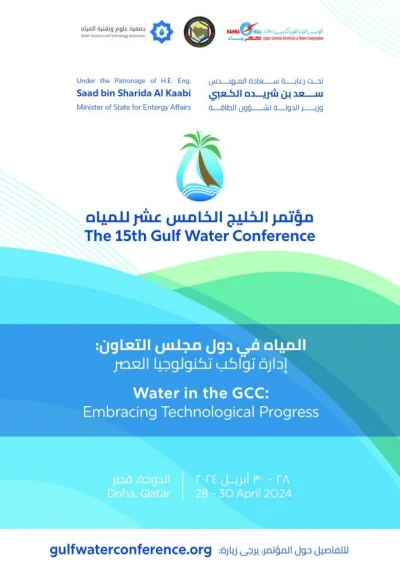The fortitude of the Gulf national oil companies’ (NOCs) ongoing transformation into fully-fledged international operators may be tested this year. But any suggestion that a rise in oil prices beyond the $40 for a barrel range of late-2016 to today’s $50 range and higher would trigger NOCs’ retreat from their quest for global integration is premature. After half a century of letting international oil companies (IOCs) play the role of fixers, Gulf NOCs are now approaching negotiating tables with more knowledge and independence than ever before. Their steps – sometimes leaps – into new territory mark their biggest overhaul since the days of nationalisation in the late 1970s.
The extent of their resolve in this is demonstrated by what they have faced so far. Gulf NOCs’ performance has remained on track against a backdrop of a ‘lower for longer’ oil price era since mid-2014, with bearish sentiment deepening when oil prices dipped to a 12-year low in January 2016. Alongside this is the US shale oil and gas revolution, corporate restructurings, shortened payrolls and political issues in the wider Middle East.
But the hurdles are not over. US production continues to be a challenge and Gulf NOCs also have to consider how the Vienna Agreement, the first Opec-non-Opec agreement to cut supply in 15 years, will fare in the remainder of the year. Plus, Eurasia Group expects 2017 to be the most politically volatile since World War II. The surprise results of the US election saw President Donald Trump take his seat in the Oval Office in January this year and the UK activated Article 50 in late-March to move towards Brexit.
Political jockeying in China up to September’s election for the new Party of Congress could also have an impact on the Gulf NOCs’ playbook, as coveted Asian importers top their client list. Indeed, the producers have spent significant energy protecting their share of markets in the East, and any threat to the sustained health of those markets is a major risk for the newly commercial NOCs. Indeed, investors have been voicing concerns that the stars could align for a Beijing-centred banking crisis in the next few years. Guangzhou-based fund ShoreVest Capital Partners estimated in late-March that China has around $3tn in distressed debt. Ratings agency S&P Ratings expects China’s high GDP to stave off a banking crisis this year, but stresses that the outlook remains negative and unsustainable.
Many Gulf NOCs have already made considerable headway and gotten a firm foothold as “Gulf Majors”, including Saudi Aramco, Abu Dhabi National Oil Company (ADNOC) and Kuwait Petroleum Corp (KPC). Each is keen to integrate a global view into their operations. Saudi Aramco’s debut initial public offering (IPO), for example, has been pencilled in for late 2018 and the 5% stake could lead to the world’s biggest IPO at $100bn – if it proceeds. In late-March, Riyadh diluted some of the market’s doubt by slashing the income tax paid by the energy giant to attract investors.
Kuwait also plans to list a power and water company this year, with the two Opec members’ efforts likely to encourage their neighbours to take their own blueprints more seriously this year. There is likely to be a recovery from the annual 64% decline, to $1.7bn, in the value of IPOs across the Middle East and North Africa (Mena) last year, according to data compiled by Bloomberg.
Gulf NOCs’ downstream prowess has also helped establish the region as the world’s new refining sweet spot in less than a decade. Additional capacity from the Middle East and Asia Pacific is expected to account for 13mn bpd of the total 19.5mn bpd of global capacity additions needed by 2040 – a staggering 67%. Amidst a plethora of refinery projects, two stand out. The UAE’s Ruwais refinery has ramped up capacity by up to 900,000 bpd and Kuwait’s 615,000 bpd Al Zour refinery will likely come online by 2020. Both are amongst the world’s top ten largest such facilities.
Gulf NOCs’ new mindset is critical to ensure energy and economic security as energy demand soars, with BP Energy Outlook anticipating a 49% growth in the Middle East’s energy consumption by 2035. Such growth is hardly surprising considering the Mena population nearly quadrupled from around 100mn in 1950 to around 380mn in 2000 — a faster growth rate than any other major world region, according to the UN.
Ignore Gulf NOCs’ transformation at your peril. Their path bears a strong resemblance to the international emergence of the Chinese majors a decade ago – now among the world’s most influential players. The Gulf NOCs are on track to secure their spot at the top of the global energy hierarchy.
* Jonty Rushforth is director, Oil and Shipping Price Group, S&P Global Platts. The views expressed are his own.

Jonty Rushforth


